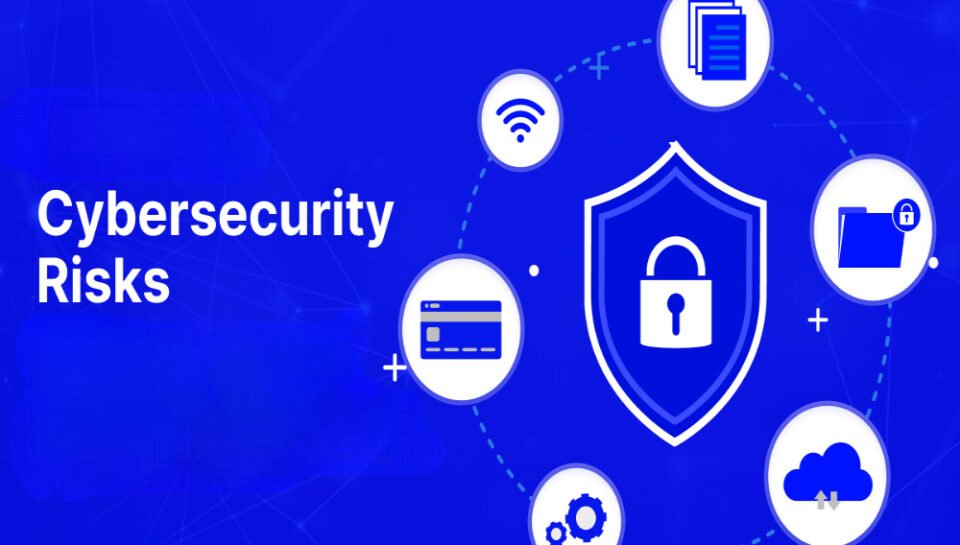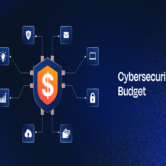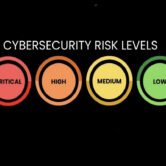
What are the most common cybersecurity risks faced by new businesses?
Phishing and Social Engineering
- Fraudulent emails or messages tricking users into sharing passwords or financial data.
- Fake invoices, login pages, or internal communications are common tactics.
- Risk increases with limited employee awareness or training.
Weak Password Practices
- Use of default, reused, or easily guessable passwords.
- Lack of multi-factor authentication for critical accounts.
- Shared logins across teams or platforms without traceability.
Unsecured Cloud Services
- Misconfigured cloud storage or file sharing platforms.
- Use of free or unvetted SaaS tools with low security standards.
- Lack of centralized control over data locations or access.
Software Vulnerabilities
- Insecure code in MVPs or products rushed to market.
- Delayed patching of known vulnerabilities in systems or apps.
- Dependence on open-source libraries without ongoing updates.
Insider Threats and Access Mismanagement
- Employees or contractors misusing access, intentionally or accidentally.
- Lack of clear role-based permissions or offboarding protocols.
- Overly broad administrative rights granted by default.





